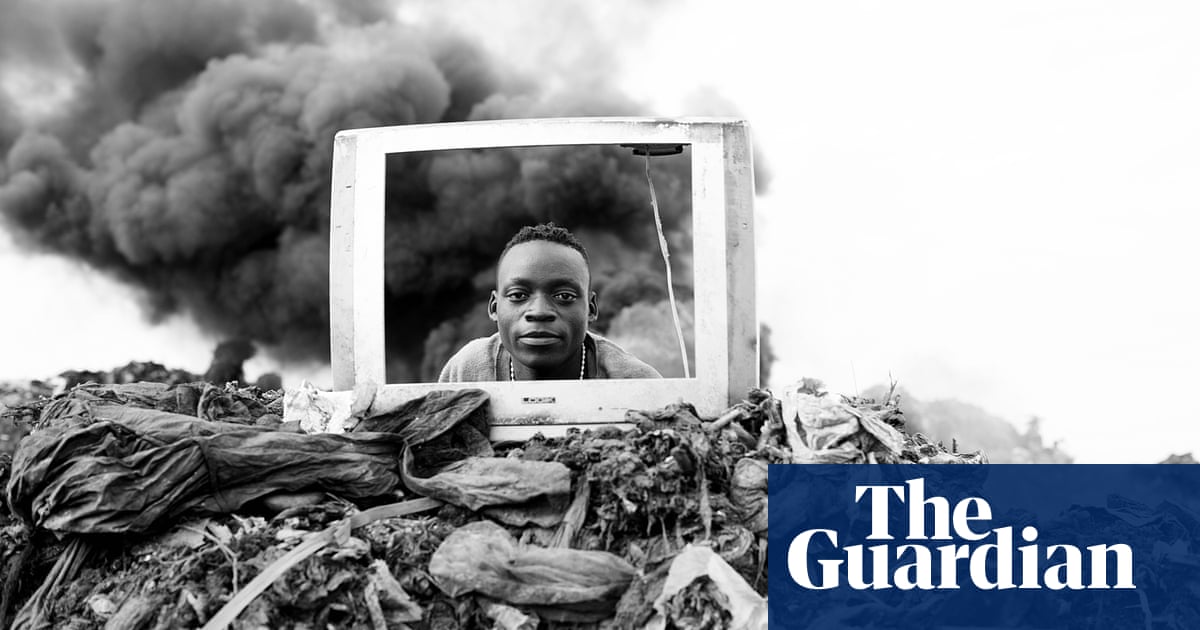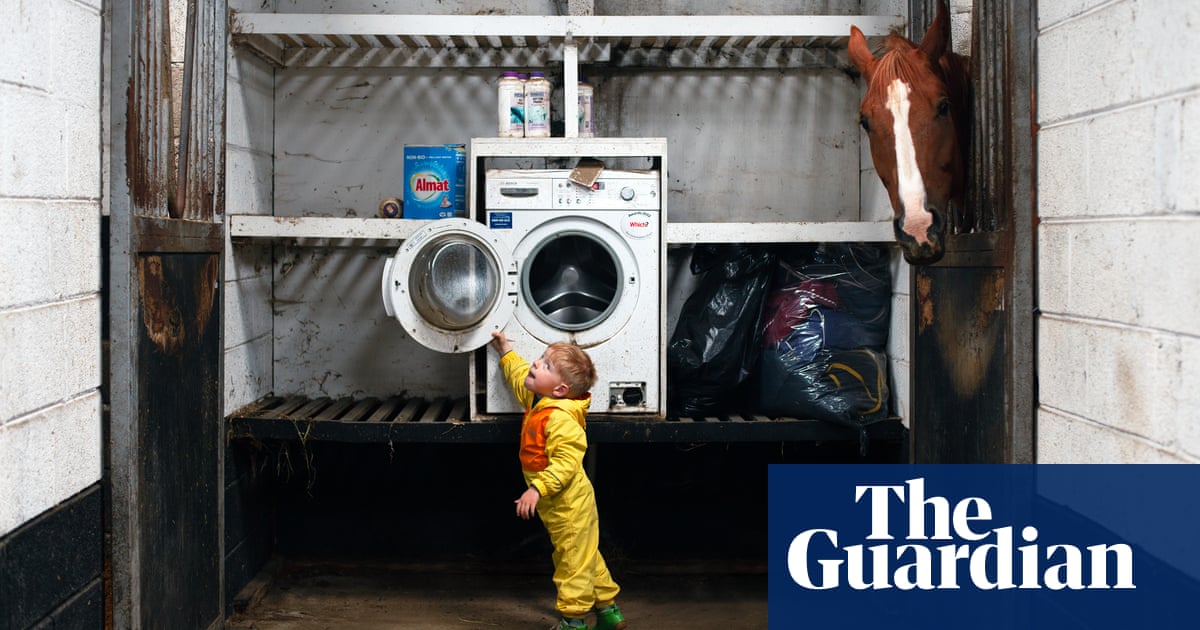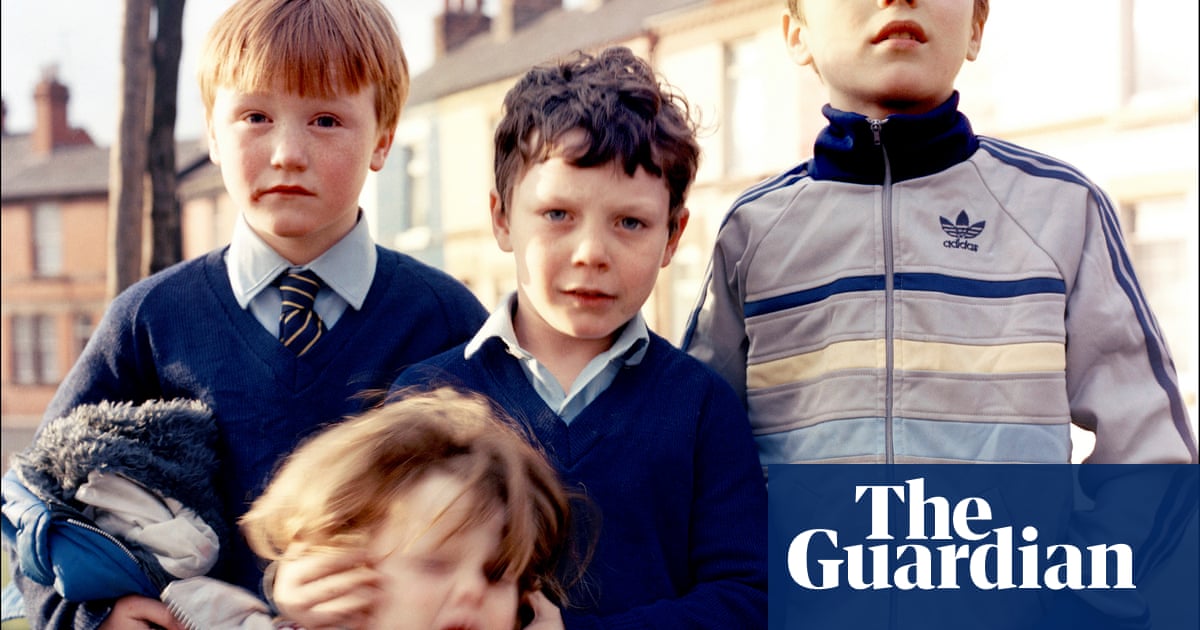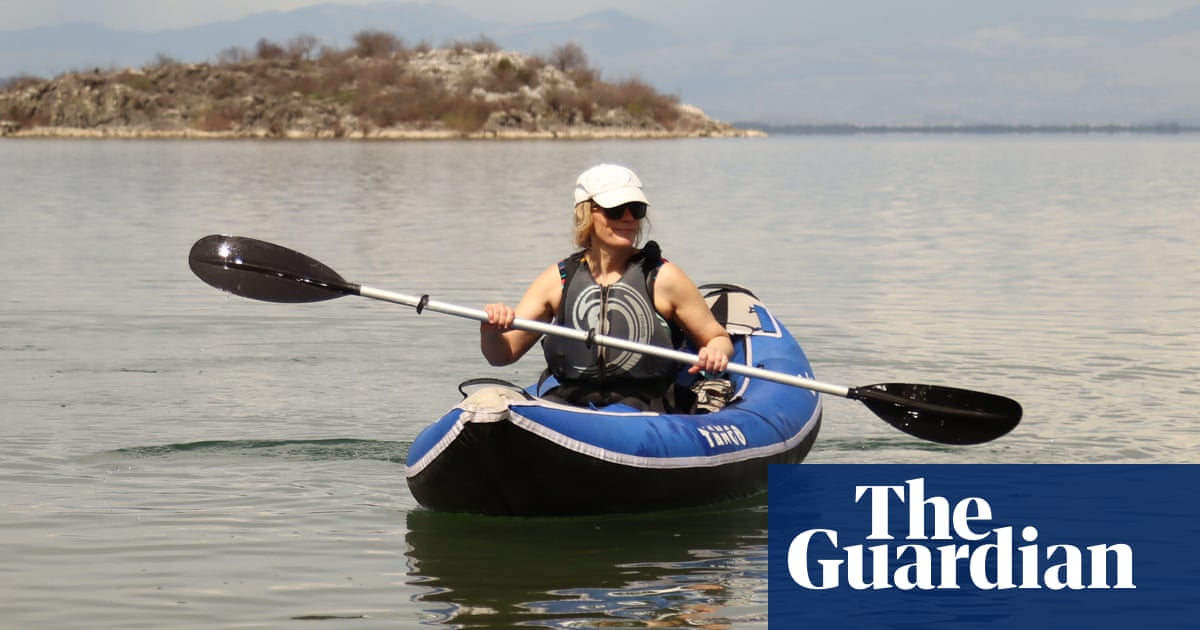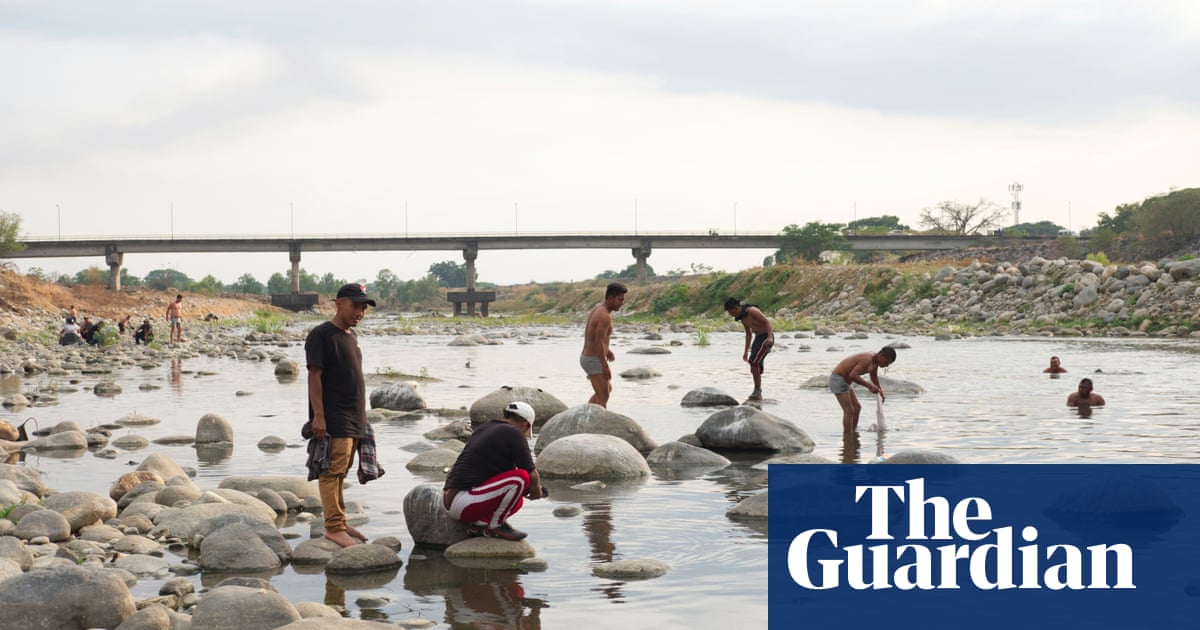
Although I was born in the UK, my mother is Mexican and I moved to Mexico City with my parents when I was three. I got into graffiti in the mid-90s while in my teens and started visiting a train yard in the Estado de México to look at the graffiti there and paint my own. That’s when I first saw people arriving on the tops of freight trains coming from Veracruz on the Gulf of Mexico. I’d meet a friend who lived near the yard and remember him telling me these people were our enemies: he’d throw rocks at them. I didn’t really understand. Eventually, I became aware that these people were migrants arriving from countries in Central America.
It wasn’t until many years later, after I’d moved back to the UK, that I found out more. Having completed a photography degree – and a 19-month prison spell, related to my continued participation in the graffiti scene – I spent some time working for Amnesty International’s Central America team. I learned a lot about the human rights issues affecting the region. Today, especially in rich countries, I believe the word “migrant” has become synonymous with “enemy” or “invader”. Because of the way it dehumanises people, I feel uncomfortable using it. Often, those who make these dangerous train journeys to Mexico and beyond are fleeing extreme poverty, persecution and violence.
The first time I climbed aboard one of these trains myself was in 2017. My intention wasn’t to document migration: I was on more of an introspective journey and planned to travel from southern Mexico to New York, capturing the landscapes en route. The train that crosses from south to north is known as The Beast, because it’s so dangerous. People can be killed trying to jump aboard, or find themselves at the mercy of criminal cartels whose members rob or kidnap at machete or gunpoint. On one journey, I had my belongings stolen by an armed gang.
Making that trip north can involve a number of trains, with much of the journey taking place on foot. The people in this picture were part of a migrant caravan that formed early in 2018, made up of over 2,000 people from El Salvador, Guatemala, Honduras and Nicaragua. The group included boys, girls, men, women and elderly people – and I was with them as they set out from Tapachula in southern Mexico. Spending time with them was a real eye-opener.
After walking for more than 50km in intense heat, we stopped at this river to rest. When you see migration covered in the news, it tends to be the danger and drama that gets emphasised, but joy and happiness can be part of the experience, too. That’s what this represents: a moment of tranquillity as these tired, hungry travellers take a break. They were able to swim, eat chicken and wash their clothes. It was another 3,500km to the US border, but here beside the river, people were smiling and laughing and enjoying a rare sense of safety.
I don’t know how many ultimately reached their intended destination, and I recognise how lucky I was to be able to opt out at any time and return to a life of relative comfort, a choice my fellow travellers didn’t have. But the following year, I spent a month in a US immigration detention centre, having inadvertently arrived at the Canadian border on an out-of-date visa. It was like being in prison again, though it did give me the opportunity to hear the stories of fellow inmates, many awaiting deportation. During that time, I forged some lasting friendships, just as I did on the migrant trail. I didn’t have my camera, of course, so I drew people and wrote about them instead. It was another way of documenting the lives of people being criminalised simply for trying to achieve a better life.
Pablo Allison’s Detainee Handbook is available now. His work is in the Beyond the Streets London exhibition at Saatchi Gallery until 9 May.
Pablo Allison’s CV
Born: Manchester, 1981.
Trained: BA in Photography at the University of Wales.
Influences: “Chris Killip, Paul Graham, Eugene Richards, Bruce Davidson, Gilles Peress, Joseph Rodriguez, Alec Soth.”
High point: “My work on migration these past five years has allowed me to meet extraordinary people who’ve helped me understand more about life and given me the opportunity to assess my inner self.”
Low point: “Finding myself in situations that have put my life in great danger.”
Top tip: “Always believe in what you do. Be patient, honest, respectful, considered and reflective.”






